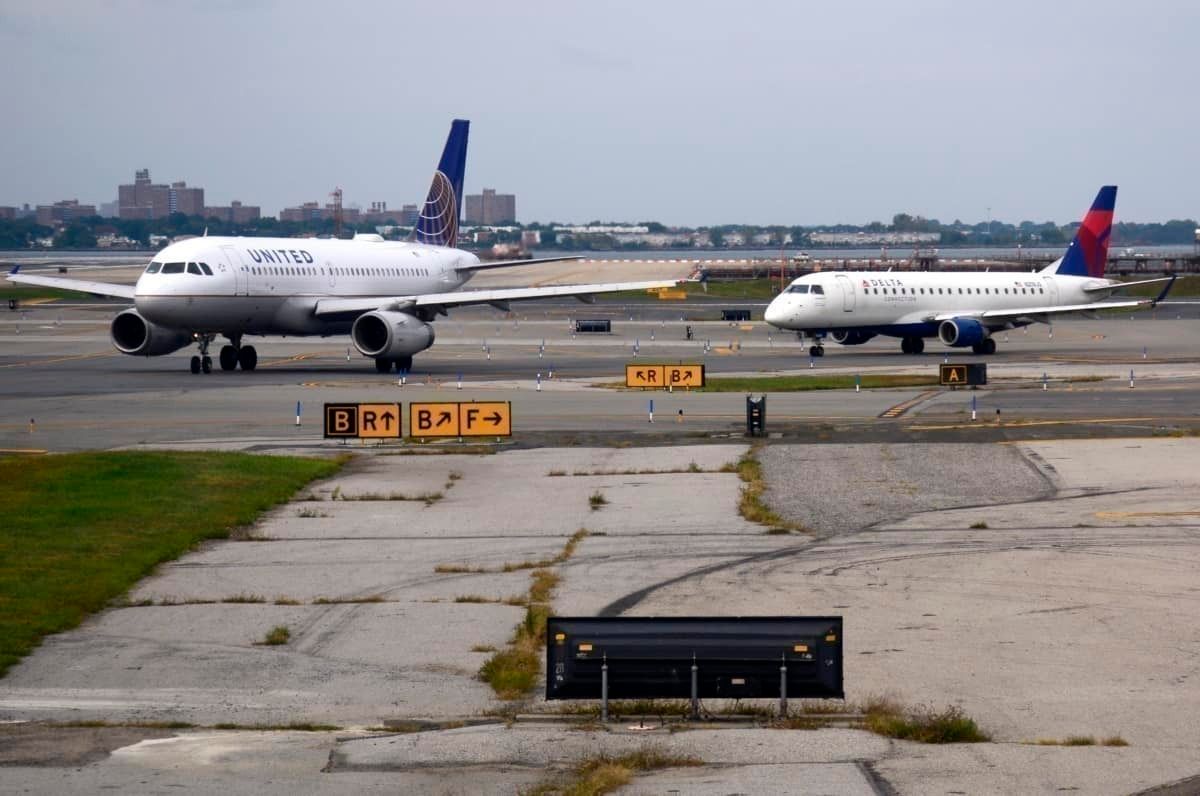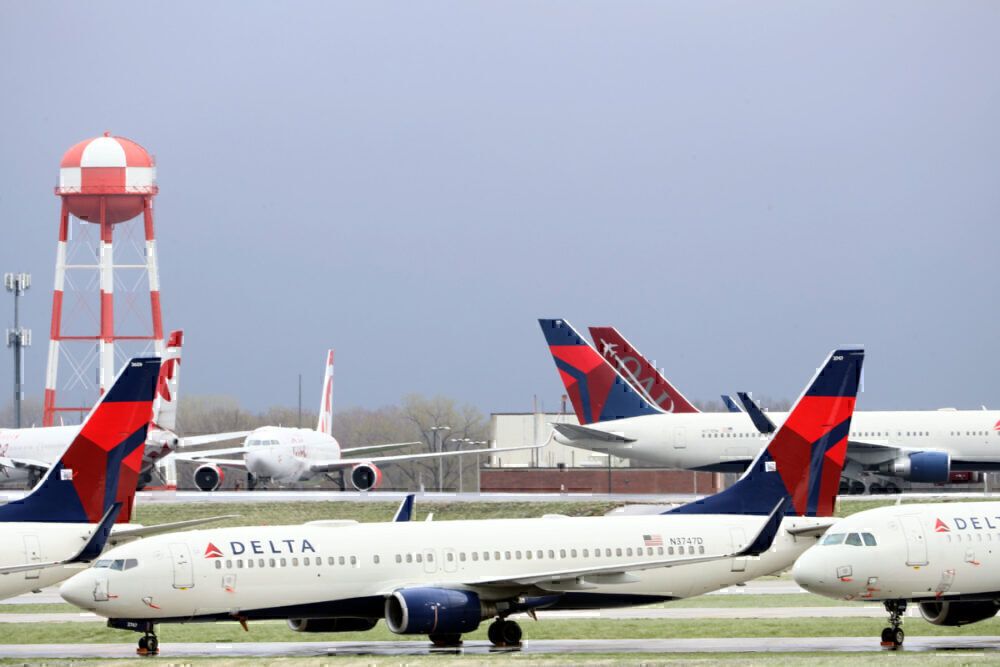The US Department of Transportation (DoT) has issued new guidance to airports and airlines on COVID-19 measures. The guidance comes as the US sees a rise in passengers and infections surge in parts of the country. The plan, named 'Runway to Recovery', recommends limiting the number of seats sold on a flight and notifying passengers if they come in contact with someone who tests positive. Let's find out more.
New protocols
The DoT guidelines will provide a framework for airports and airlines that are yet to incorporate health measures. The 43-page document includes a number of measures, ranging from sanitizers to contact tracing methods. Most of these measures are already in place at major airports, but the DoT hopes to expand them to all airports in the US.
The document recommends that airlines block seats on the aircraft to maintain some social distance onboard, when feasible. If the flight is full, airlines should offer passengers alternative flights without a penalty. This recommendation comes as both United and American drop social distancing on board.
Stay informed: Sign up for our daily aviation news digest.
The DoT also recommends establishing a contact tracing mechanism for international travelers. This will require airlines to note basic information (name, US address, and phone number) about passengers and send that information to US health authorities. This will allow authorities to contact passengers from a flight in case anyone onboard tests positive for COVID-19.
In airports, social distancing should be encouraged by blocking out seats, adding floor markings, and maintaining six feet between passengers. Travelers should also wear masks to ensure a reduction in the transmission of respiratory droplets containing the virus. Common areas should be frequently disinfected to reduce possible virus transmission.
Lack of enforcement
Many have been quick to point out that the new guidance is unenforceable, allowing airports and airlines to simply ignore it. While many of these new plans are already in place (especially in airports), there is little incentive to establish further protocols. Some had hoped the DoT would actively enforce the rules, reducing the risk of infection at a time when cases on the rise.
One point of concern has been airlines' decisions to not block out seats onboard. Both Drs. Anthony Fauci and Robert Redfield expressed concern about fully booking flights since crowding is the primary way the virus can spread. However, it seems airlines will push ahead with their plans, and with the new guidance not being enforceable, there is little to stop them.
Providing a framework
The primary goal of the DoT guidance was to simply provide the industry with a framework for what rules to apply. The document does include all the details airlines and airports need to ensure the safety of passengers and staff. It highlights when gloves are required, new sanitization procedures, and plans for contactless boarding. However, the unenforceable nature of it might mean companies will continue with their own policies.
What do you think of the new guidance? Let us know in the comments.



